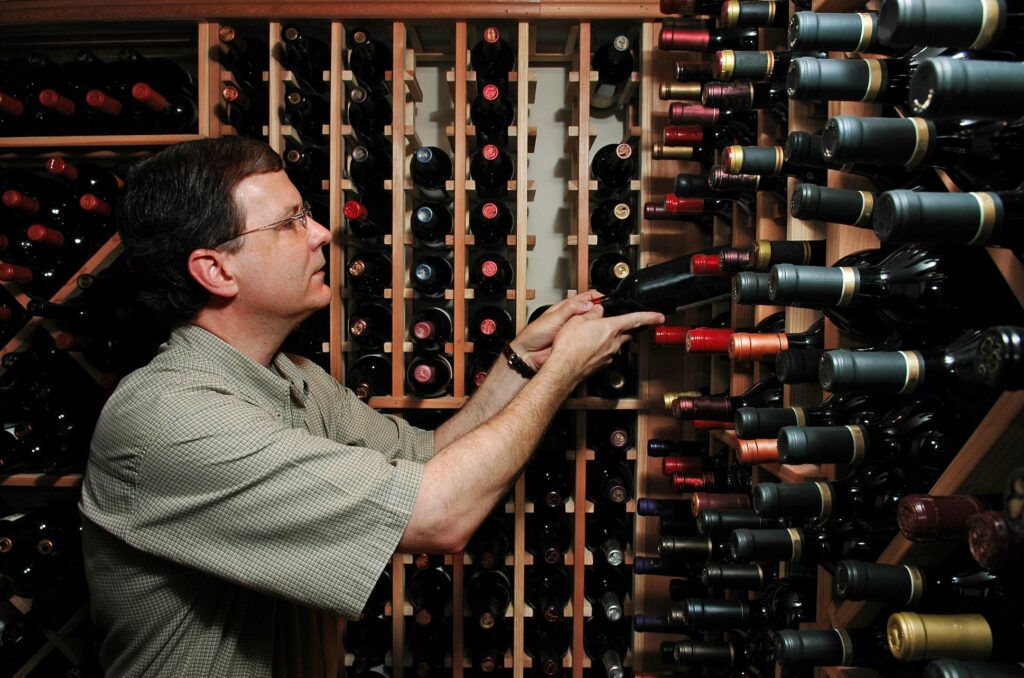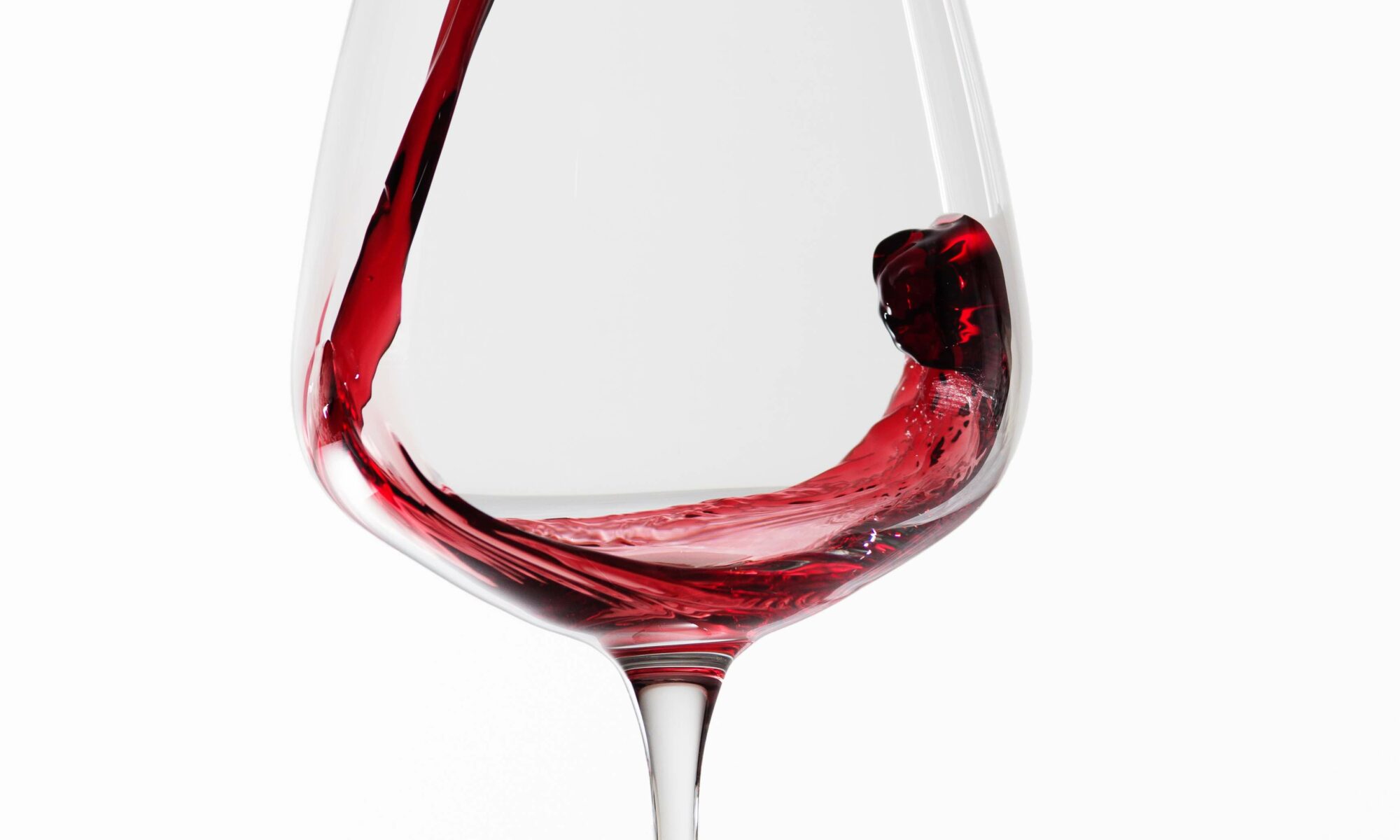Fine wine – a relaxing option for investors’ portfolios?
Wine is more than an enjoyable drink – at the top end of the market, it can also be a diversifying element in an investment portfolio because of its lack of correlation with traditional financial assets, or with real estate. But does wine pay off in the long term?
Wealthy individuals have long accumulated stocks of high-quality wines, but their motivation was usually to be able to drink the best vintages in their prime, at an attractive cost. These days, however, the focus is on purchasing wine as a long-term investment – albeit one that in most cases exerts a deeper fascination than a share portfolio.
Until recently wine has proved an alternative for investment portfolios during periods of wrenching turbulence for traditional asset classes. For example, the main benchmark for wine investment, the Liv-ex Fine Wine 100 index, which reflects price changes for 100 of the most sought-after fine wines on the secondary market, dropped by just 1.1% at the onset of the Covid-19 pandemic in February and March 2020 at a time when equity markets were plummeting – albeit temporarily – by 10% or more.
Wine investment continued to outperform mainstream equity indices in 2022 as share and bond prices were depressed by a surge in inflation, higher interest rates and slowing economic growth. The Liv-ex Fine Wine 100 index rose by 6.9% in sterling terms over the course of the whole year, according to the wine marketplace.
Markets can boom, but also struggle
This was not just the result of an exceptionally volatile market environment, but wine’s historically good diversification characteristics against equity and bond markets. Prices increased by 39% between the start of 2020 and the end of 2022, according to Liv-ex, including outperforming global equities during the bull market of 2021.
However, since then the Liv-ex Fine Wine 100 index has struggled – in contrast to the rebound in global equity markets. At the end of April 2025, the index was down by 10.3% over one year and by 23.7% over two; its gain over the previous five years had been pared back to 5.8% from more than 30% two years earlier. It was a similar story for the broader Liv-ex Fine Wine 1000 benchmark, down 10.5% over 12 months, 24.4% over two years and up 4.8% over five years, compared with a 43.9% five-year gain as of the end of January 2023.
Analysts say that the fall in value of fine wines, especially the most prized Burgundy varieties (down 29.7% over two years), can be attributed in part to the recent rise in interest rates, which made assets such as bonds more attractive compared with the historic average of 7% offered by wine, as well as an economic slowdown in China, an increasingly significant source of wine investment in recent years. There has also been a rebound effect – wines that had gained most in value over the previous five years generally have suffered disproportionately since 2023.
Emerging market demand
Wine investment mostly focuses on the great vineyards of Bordeaux, Burgundy and some regions of northern Italy, where bottles can cost thousands of euros. For investors that pick the right region, the returns can be higher than average. However, the average Bordeaux has proved lacklustre of late with a fall of 5.8% over the five years to April 2025. Burgundy performed rather better with a gain of 17.7%, but the region’s five-year gain had stood at 105.6% in January 2023.
All of Liv-ex’s sub-indices were down over one and two years in April 2025, and several – including Rhône, Port, rest of the world and second wines – were in negative territory over five years. Some regions and varieties have performed better, however. The Champagne 50 – measuring the price performance of the most recent physical vintages of the 13 most actively traded champagnes – was up by 24.8% over five years, while its index of Italian wines was 17.2% higher.
Wine prices are influenced by a variety of factors like supply considerations, weather conditions and the overall health of the global economy – and influential reviewers also make a difference.
Wine prices are influenced by a variety of factors. In the early years of this century, demand from emerging market purchasers, especially China, was an important driver of business for European vintners. But Chinese imports started to decline in 2017, a trend exacerbated by the pandemic.
Role of wine reviewers
Hopes that the post-Covid reopening of the country’s economy would reverse the trend have been dashed so far. According to Ronan Laborde, chairman of the Union des Grands Crus de Bordeaux, exports from the region to China, Hong Kong and Macau halved to a record low between 2021 and 2023.
Although imports rebounded slightly in 2024, with a 39.6% increase in value and 13.7% in volume to 283 million litres, the main beneficiary was Australia, following the lifting of a 200% tariff imposed in 2000 as a result of a political disagreement between Beijing and Canberra. Together with France, it accounted for 68% of China’s total spending on imported wine in 2024, with Australian sales totalling CNY4.24 billion (€519m) and France’s CNY3.55 billion (€435m).
Other factors influencing pricing include supply considerations, weather conditions and the overall health of the global economy – and influential reviewers also make a difference, especially from the Anglo-Saxon world. By far the most powerful wine critic was American Robert Parker Jr, whose Wine Advocate newsletter has around 50,000 subscribers, although Parker retired in 2019 and the publication is now owned by Michelin Guides. The Parker 100-point scale that he devised has a measurable effect on wine pricing. James Suckling, Neal Martin, Tim Atkin and Jancis Robinson are other well-respected experts whose opinions can move prices.
Benefits and drawbacks of direct investment
The main advantage of making direct investment in wine is clear – it can be drunk – but there are significant drawbacks, too. The entry point for a novice investor can be very high, with prices ranging as high as €6,900 including tax for a single bottle of the Bordeaux 1990 Le Pin Pomerol.
Investors need to accept the risk that one or more bottles could be corked, and the wine needs to be stored properly to retain its value. They should also take into account the state of the secondary market; it is not like a stock market investment where there will almost always be a market-maker or a ready buyer.

It needs to be stored properly to retain its value.
Wine brokers can help, but investors need time to build a relationship. Brokers can help arrange storage (for a price) and help investors navigate the secondary market if they need to sell. Some wine brokers have established platforms that facilitate the buying and selling of wine. However, it is better to do the research first; the cost of not doing so can be high.
There are also crowdfunding platforms that seek to match investors and entrepreneurs, including vintners looking to attract financing. The entry point tends to be lower, and investors will often be repaid in wine delivered straight to their door over a number of years. It is unlikely to earn them a fortune, but it can be an interesting option.
Buying en primeur is another option to buy wine at a lower starting price. Investors buy the wine when it is young and take the risk on whether it will turn out to be a highly rated and sought-after vintage. En primeur wine is usually cheaper than the future price of the wine on the open market, and certain vineyards sell wine only in this way.
The importance of liquidity
Investors can also invest through a wine fund, which can offer a (relatively) liquid and inexpensive method to capitalise on rising wine prices, as well as offering greater diversification. Fund investors may be able to look at wine markets more objectively than wine experts; rather than considering the brilliance of the wine, they will be judging its liquidity, the ultimate market demand and current price.
However, investment structures can be complex; an investor may not be entitled to the wine held by the fund if the investment goes wrong. A cautionary tale is Nobles Crus, a wine fund domiciled in Luxembourg, which was suspended in 2013 after media reports suggested its valuations were inflated. This prompted a surge in redemption requests that highlighted the restricted liquidity of its stocks and left investors’ money trapped for years. The controversy focused attention on the valuation methodologies used by fund managers, which have become more cautious since.
Fine wine has delivered solid returns for investors in recent years and may have appeal as a diversifying asset at a time of economic turbulence and financial market volatility. However, it’s not enough to have a good appreciation of wine; to be successful, investors also need an understanding of wine markets and, except for a handful, expert professional advice.


 Mortgage
Mortgage Personal loan
Personal loan Savings
Savings